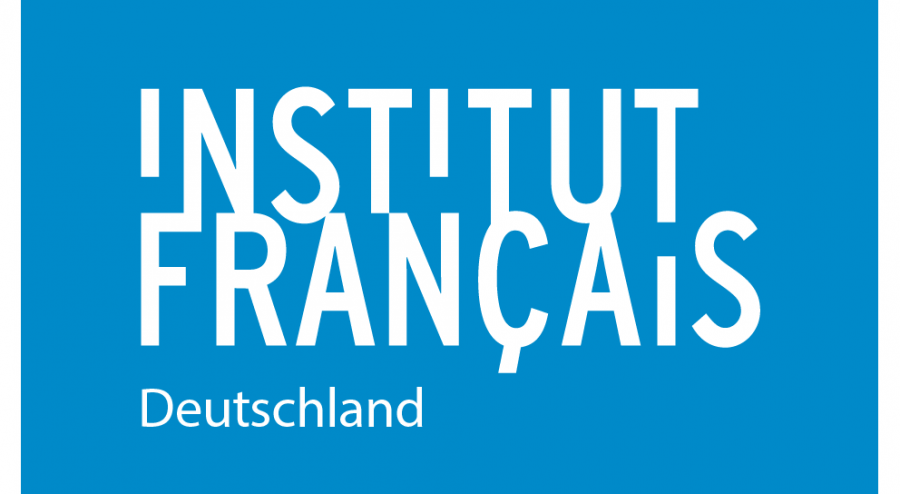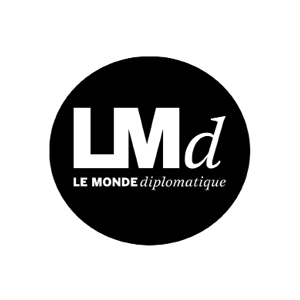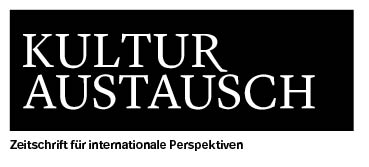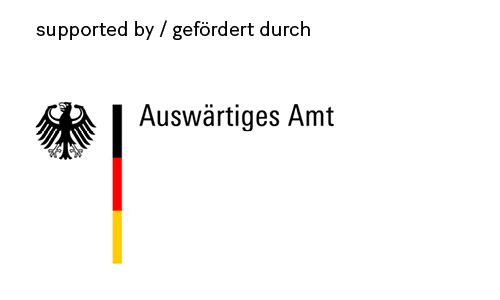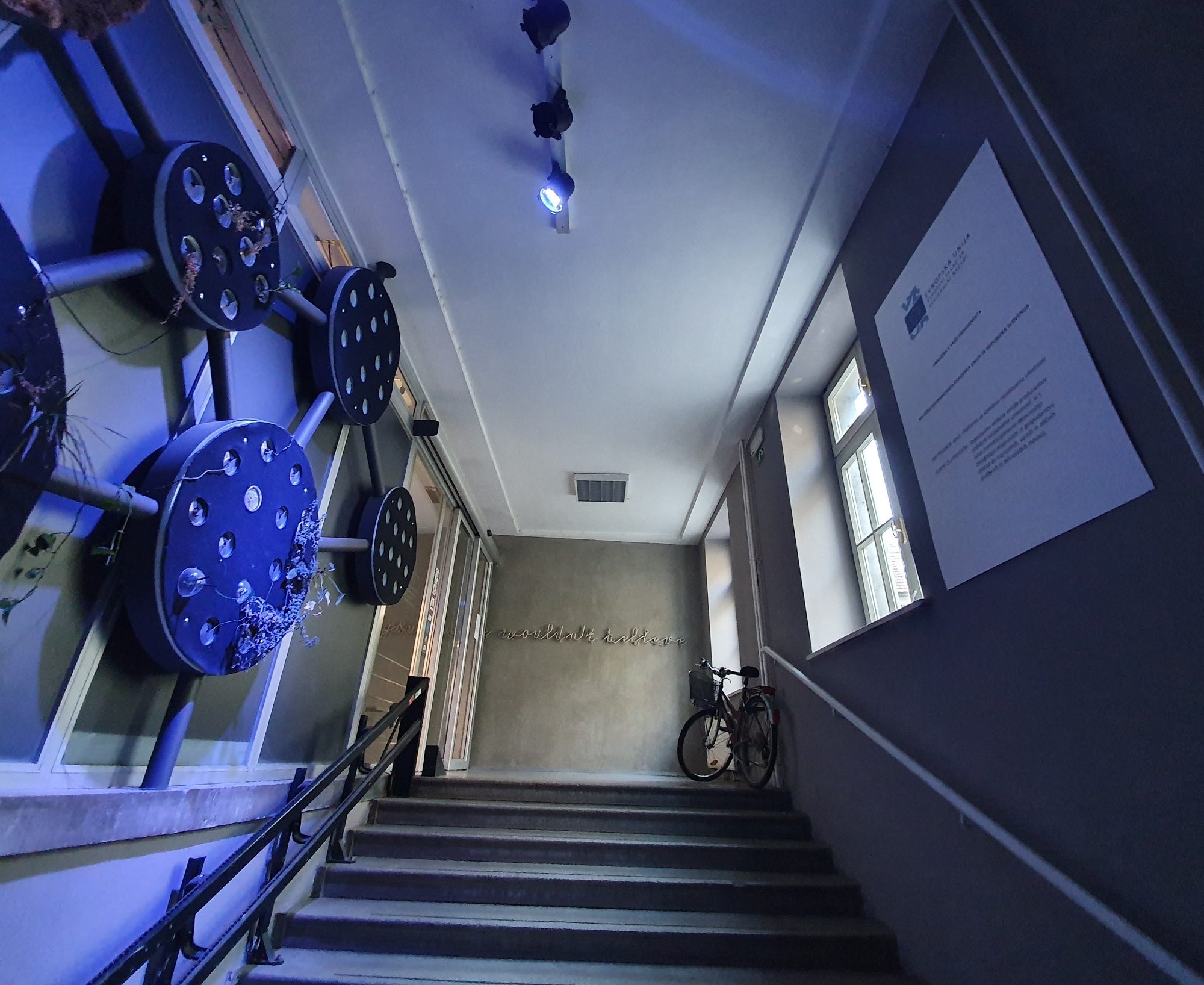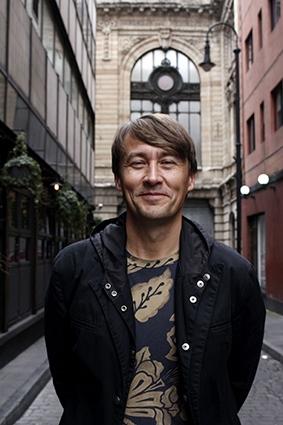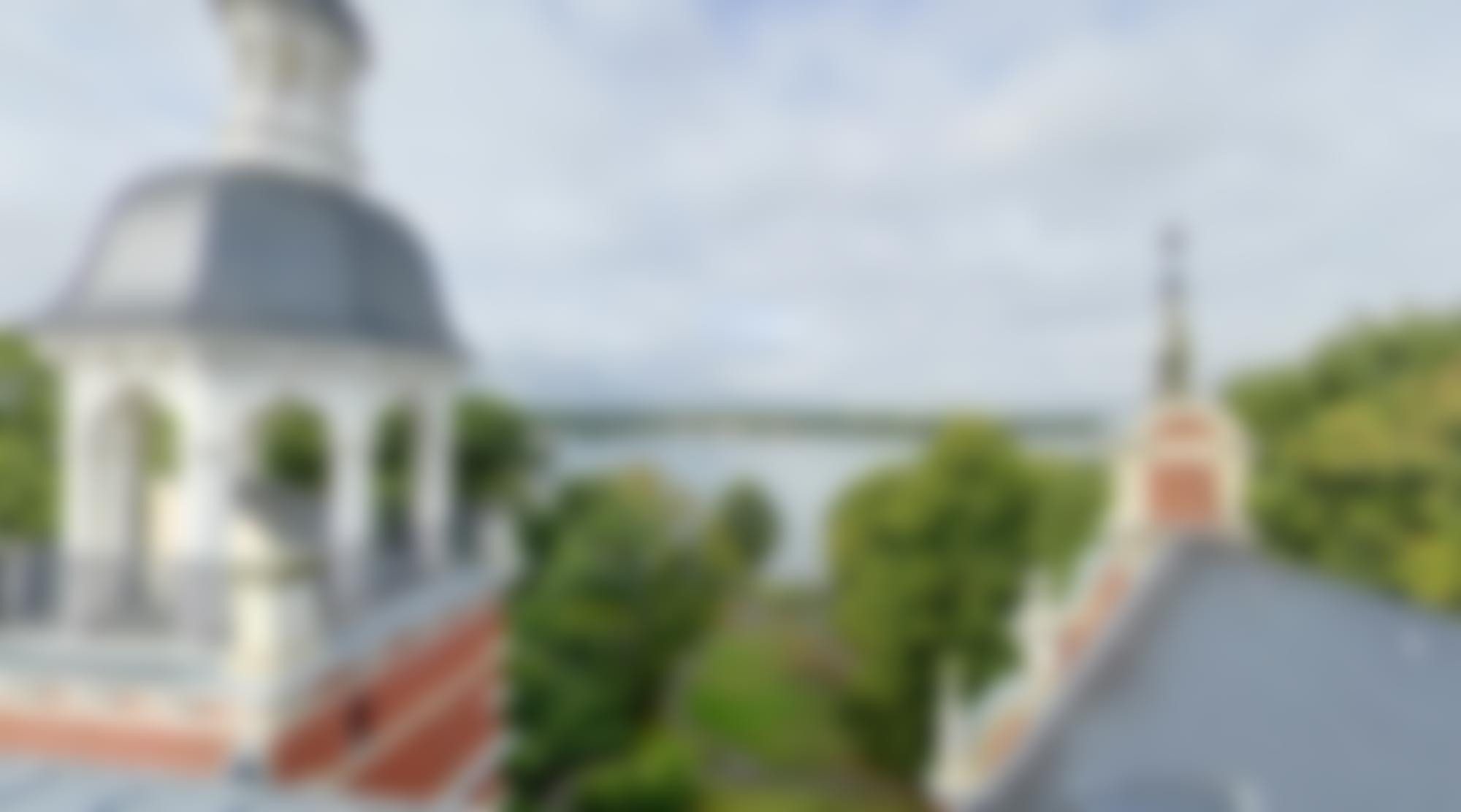You wouldn’t believe
Bilo je bržkone pred 28 ali 29 leti, ko sem se prvič povzpel po stopnicah na fotografiji. Bil sem mlad študent v Ljubljani in stavba na Kerstnikovi 4 ob robu historičnega mestnega jedra je bila za mnoge eno od središč naših svetov. Država Slovenija je bila stara šele par rosnih let, južno od nas je v Bosni in na Hrvaškem divjala vojna. Bil je čas, kjer stara pravila več niso veljala, novih pa pogosto še ni bilo. Marsikaj je bilo mogoče in mnogi so bili prepričani, da je mogoče prav vse.
Za temi stopnicami je v tistem času imela sedež Študentska organizacija. Tukaj je imel sedež tudi Študentski parlament, v kleti je že deloval Klub K4, ki je v osemdesetih po Jugoslaviji zaslovel kot prvi klub z zabavami za istospolne. Dve nadstropji više je delovalo uredništvo študentskega časopisa Tribuna s častitljivim uporniškim pedigrejem, kjer sem tudi jaz začel svojo pot kot eden od urednikov. Tukaj smo ustanovili založbo Beletrina, ki je bila na raznih naslovih, dokler se nismo pred leti spet preselili nazaj. Bilo je kot priti domov, čeprav se je scena spremenila. V pritličju še vedno deluje slovita galerija Kapelica, ki se ukvarja z raziskovanjem meja med umetnostjo in znanostjo. Poelg nje se je naselilo v stavbi več kot 20 NGOjev, med drugim umetniški laboratorij, ki sadi rastline v temno preddverje in jih tam vztrajno prepušča kontroliranemu propadanju v upanju, da bodo nekoč našli način, kako ustvariti samozadostni krog za reprodukcijo zelenjave v večnem mraku vesolja. Na desni strani hodnika je vidna tabla, ki ponosno izkazuje, da so številni od teh projektov financirani s strani EU.
Ko smo se pred leti z založbo spet vrnili semkaj, je bil že nameščen halogenski napis, ki ga pred 28 leti še ni bilo. Ko zjutraj stopam po stopnicah, zmeraj ujamem samo njegov zadnji del: you wouldn’t believe. Celotni napis se glasi: I have seen things you wouldn’t believe, toda za prihajajočega v to zgradbo, polno umetniških in socialnih eksperimentov, zgodovinske dediščine in mlade, nore energije, je viden le zadnji del: Wouldn’t believe. Kaj? Kaj ne bi verjel?
Pred enim letom je mesto Ljubljana stavbo prodalo. Vsi moramo ven. Študentje so svoj del odprodali že prej in odšli. You wouldn’t believe, a čez en mesec več ne bo ne kluba, ne galerije ne Glasbene matice, združenja stripovskih umetnikov, ne založbe Beletrina. Vsaj ne na tem naslovu. Tukaj bo, you wouldn’t believe, še en hotel. Za vogalom so v zadnjih letih zrasle kristalne stolpnice s hoteli, v okoliških hišah so odkupili stavbe in jih spremenile v male penzione, hostle in airbnbje. Celo gospodu Covidu 19 ni uspelo zaustaviti tega procesa, niti ga upočasniti. Ko je zaradi pandemije vse, ampak absolutno vse stalo, so hoteli v Ljubljani rasli dalje kot gobe po nuklearni katastrofi. Če bi me še pred nekaj leti vprašali, ali je možno, da tako potiho, brez vidnih znakov upora, padejo utrdbe svobodnega duha in se zbriše zgodovina, bi rekel ne, I don’t believe. Sedaj mi ostane le še kak mesec dni, da ob jutrih znova in znova preberem napis you wouldn’t believe. Napis je že mrtev, ne sveti več, a je še viden.
Med hojo po stopnišču po poti zmeraj preverim, ali so se uboge rastline zasajene na steni, spet posušile, ali pa je kolegom iz umetniškega laboratorija končno uspelo najti recept za ohranjanje življenja v vesolju.
You wouldn’t believe
Es war wahrscheinlich vor 28 oder 29 Jahren, als ich zum ersten Mal die Treppe hinaufstieg, die auf dem Foto zu sehen ist. Ich war damals ein junger Student in Ljubljana und das Gebäude in der Kerstnikova 4 am Rande des historischen Stadtzentrums war für viele von uns das Zentrum der Welt. Das Land Slowenien war erst ein paar taufrische Jahre alt, und in Bosnien und Kroatien südlich von uns tobte ein Krieg. Es war eine Zeit, in der die alten Regeln nicht mehr galten und neue oft noch nicht existierten. Viele Dinge waren möglich und viele von uns waren sogar überzeugt, dass fast alles möglich war.
An dieser Treppe befand sich zu dieser Zeit das Hauptquartier der Studentenorganisation. Hier befand sich auch das Studentenparlament, und der K4-Club, der in den 1980er Jahren in ganz Jugoslawien als erster Club für seine gleichgeschlechtlichen Partys berühmt wurde, wummerte im Keller. Zwei Stockwerke höher befand sich die Redaktion der Studentenzeitung Tribuna mit ihrem altehrwürdigen Stammbaum von Rebellen, in der ich auch meine Reise als einer ihrer Herausgeber begann. Hier gründeten wir den Beletrina-Verlag, der sich bis zu unserem Umzug vor Jahren an verschiedenen Adressen befand. Es war, als käme man nach Hause, obwohl sich die Szene grundsätzlich geändert hatte. Im Erdgeschoss befindet sich noch die berühmte Kapelica-Galerie, die die Grenzen zwischen Kunst und Wissenschaft erforscht. Mehr als 20 NGOs haben sich in dem Gebäude niedergelassen, darunter ein Kunstlabor, das Pflanzen in seiner dunklen Lobby aussetzt und sie beharrlich dem kontrollierten Verfall überlässt, in der Hoffnung, eines Tages einen Weg zu finden, ein autarkes System zu schaffen, um dann Gemüse in der ewigen Dunkelheit des Weltraums anzubauen. Rechts vom Korridor befindet sich ein Schild, das stolz anzeigt, dass viele dieser Projekte von der EU finanziert werden.
Als wir vor Jahren mit dem Verlag hierher zurückkehrten, war bereits eine Halogeninschrift installiert worden, die es vor 28 Jahren noch nicht gab. Wenn ich morgens die Treppe herauf gehe, lese ich immer nur den letzten Teil davon: You wouldn’t believe. Die ganze Inschrift lautet: I have seen things you wouldn’t believe. Aber für jemanden, der dieses Gebäude betritt, voll seiner künstlerischen und sozialen Experimente, dem historischen Erbe und seiner jungen, verrückten Energie, ist nur der letzte Teil sichtbar: Wouldn’t believe. Was? Was würde man nicht glauben?
Vor einem Jahr verkaufte die Stadt Ljubljana das Gebäude. Wir müssen alle raus. Die Studenten verkauften ihren Anteil schon früher und gingen. You wouldn’t believe, aber in einem Monat wird es keinen Club, keine Galerie, keine musikalische Mutter, keine Vereinigung von Comic-Künstlern, keinen Beletrina-Verlag mehr geben. Zumindest nicht unter dieser Adresse. Es wird, was man kaum glauben kann, ein weiteres Hotel hineingebaut. Um die Ecke sind in den letzten Jahren Kristallwolkenkratzer mit Hotels gewachsen, und in den umliegenden Häusern wurden Gebäude gekauft und in kleine Pensionen, Herbergen und Airbnbs umgewandelt. Selbst Herr Covid 19 konnte diesen Prozess weder stoppen noch verlangsamen. Als die Pandemie alles, aber auch wirklich alles stoppte, wuchsen die Hotels in Ljubljana weiter wie Pilze nach einer atomaren Katastrophe. Wenn man mich vor einigen Jahren gefragt hätte, ob es möglich ist, dass die Mauern des freien Geistes ohne sichtbare Anzeichen von Widerstand leise in sich zusammensinken würden und die Geschichte ausgelöscht wird, dann hätte ich das wohl verneint, glaube ich. Jetzt habe ich bloß noch einen Monat lang Zeit, die Inschrift zu lesen, die man morgens immer wieder nicht glauben würde. Die Inschrift ist bereits tot, sie leuchtet nicht mehr, sie ist aber noch sichtbar.
Während ich die Treppe hinauf steige, überprüfe ich immer noch, ob die armen Pflanzen in der dunklen Lobby wieder vertrocknet sind oder ob es Kollegen aus dem Kunstlabor endlich gelungen ist, ein Rezept für die Lebenserhaltung im Weltraum zu finden.
Übersetzung: Matthias Göritz
You wouldn’t believe
It was probably 28 or 29 years ago when I first climbed the stairs in the photograph. I was a young student in Ljubljana, and the building on the fringes of the historical city center at 4 Kersnikova Street was for many of us one of the centers of our world. Slovenia the country was only a few years old, a war raged south of us in Bosnia and Croatia. It was a time when the old rules were no longer valid and new ones frequently did not yet exist. Much was possible, and many were convinced that maybe everything was.
The Student Organization had an office behind these stairs at the time. The Student Parliament also had an office here, and in the basement Klub K4 was already operating, famous in Yugoslavia for being the first club with gay parties in the 1980s. Two floors up was the editorial office of the student newspaper Tribuna with a venerable rebellious pedigree, where I also started my journey as one of the editors. Here we established the Beletrina publishing house, which was at different addresses until we moved back again a few years ago. It was like coming home, although the scene had changed. On the first floor there was still the famous Kapelica gallery, which explores the boundaries between art and science. More than 20 NGO’s settled beside it in the building, among them an artistic laboratory that sets plants in the dark lobby and leaves them to decay in the hope that some day they will find a way to create a self-sufficient cycle of reproduction for vegetables in the infinite darkness of space. On the right side of the hallway there is a prominent sign that proudly demonstrates that many of these projects are funded by the EU.
When we returned here years ago with the publishing house, a halogen inscription, which wasn’t there 28 years ago, was already installed. When I walk up the stairs in the morning, I always catch only the last part: you wouldn’t believe. The entire inscription reads: I have seen things you wouldn’t believe, but for one coming into this building full of artistic and social experiments, historical legacy and youthful, crazy energy, only the last part is seen: wouldn’t believe. What? What wouldn’t you believe?
One year ago the city of Ljubljana sold the building. Everyone has to move. The students had already sold their share earlier and left. You wouldn’t believe, but after a month there will be no club, no gallery nor musical society, no association of comic artists, no Beletrina publishing house. At least not at this address. Here there will be, you wouldn’t believe, another hotel. Over the past few years crystal skyscrapers with hotels have gone up, and surrounding buildings and houses were bought and turned into small inns, hostels and Airbnb’s. Even Mr. COVID-19 couldn’t manage to stop this process, nor even delay it. When everything, absolutely everything stopped because of the pandemic, hotels in Ljubljana sprouted like mushrooms after a nuclear catastrophe. If I were asked a few years ago if it were possible that fortresses of the free spirit could fall so quietly, without visible signs of a revolt, and erase history, I would have said no, I don’t believe. Now I have only a month to read again and again each morning the inscription you wouldn’t believe. The inscription is already dead, it no longer glows, but it is still visible.
While walking up the stairs I always check if the poor plants on the wall have wilted again, or if the colleagues from the artistic laboratory finally managed to find the recipe for preserving life in space.
Translation: Brian Henry
Teilen
-
10 Mittwoch
»Das weiße Meer«: Odyssee nach Europa
Panel I: Rasha Abbas (Syrien), Amanda Michalopoulou (Griechenland) und Vladimir Arsenijević (Serbien)
Moderation: Anne-Dore Krohn (RBB) Thomas Geiger im Gespräch mit Assaf Alassaf (Syrien)
Panel II: Zsófia Bán (Ungarn), Aleš Šteger (Slowenien) und Ingo Schulze (Deutschland)
Moderation: Dieter Heß (Bayerischer Rundfunk) -
26 Freitag
Beyond the Wall. Torgespräche (IV)
Lesung: Juri Andruchowytsch, Paul Nizon, Aleš Šteger
Moderation: Peter von Becker -
29 Freitag
Potyah 76 – Zug 76
Einführung: Juri Andruchowytsch und Oleksandr Bojtschenko
Lesung: Taras Prohasko, Natalka Sniadanko und Oksana Sabuschko
Musik: DJAne Zavoloka + Nata
Moderation: Helmut Böttiger
Empfang mit ukrainischer Küche
Veranstaltungen mit Aleš Šteger
2016
Februar
2007
Oktober
2006
September



